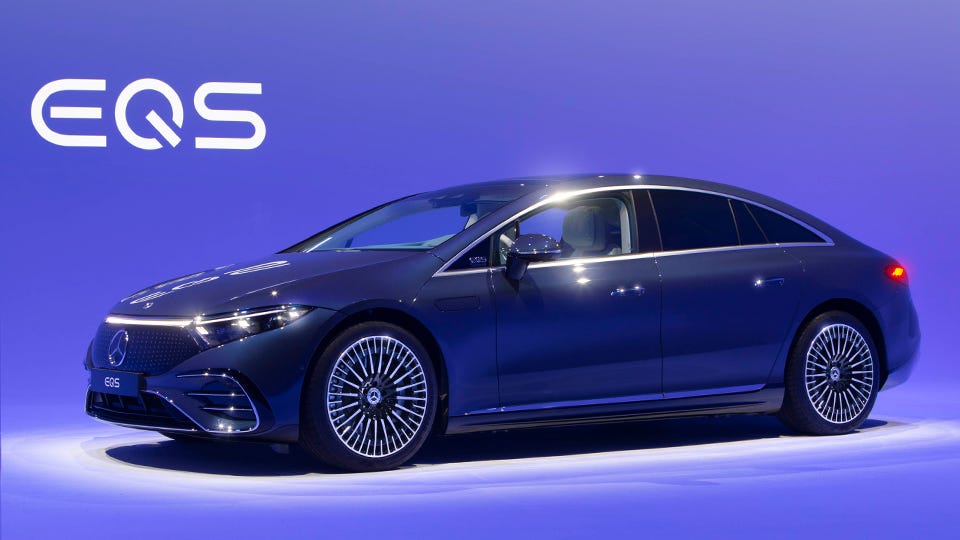The popularity of electric vehicles (EVs) continues to grow. According to the Energy Information Administration, it is estimated that EVs will have comprised 16.3% of all U.S. new car purchases in 2023 (up from 12.5% in 2022). Hybrid, plug-in hybrid and battery-electric vehicles reached 17.9% of all new light-duty vehicle sales in the second half of the year.
If you bought one of these vehicles last year, you may be in line for a big tax credit on your 2023 tax return, based on changes in the Inflation Reduction Act (IRA). However, be aware of new “stop” and “go” signals for EVs acquired in 2024.
Starting point: The tax law authorizes a tax credit for EVs, including plug-in hybrids, that meet certain energy consumption standards. The maximum credit is $7,500, regardless of cost. The credit is claimed on the tax return for the year in which you purchase the vehicle. Furthermore, you must meet other technical requirements, including a limit on the gross vehicle weight rating (GVWR).
In addition, be aware that the credit is nonrefundable. Finally, the credit is only available to vehicle owners. Lessees do not qualify for a tax break.
Notably, the IRA includes the following key provisions relating to tax credits for EVs.
- Single filers cannot claim the credit with modified adjusted gross income (MAGI) above $150,000 or above $300,000 for joint filers.
- The credit is not available for most passenger vehicles that cost more than $55,000. The limit is $80,000 for vans, sports utility vehicles (SUVs) and pickup trucks.
- For the full credit, the vehicle must be powered by batteries whose materials are sourced from the U.S. or its free trade partners and must be assembled in North America.
- Previously, the credit was eliminated for EVs of manufacturers with EV sales of 200,000 or more vehicles. But this ban no longer applies to vehicles purchased after 2022.
Note that the recent legislation also provides a credit of up to $4,000 to purchasers of used vehicles under a separate set of rules. For example, the credit is available to single filers with MAGI of no more than $75,000 or no more than $150,000 for joint filers. But the vehicle cannot cost more than $25,000, it must be at least two years old and you can only claim the credit once every three years.
What about new EVs purchased in 2024? Availability of the credit is being winnowed by the manufacturing rules. At this writing, only 18 EVs qualify for the credit in 2024, according to the U.S. Department of Energy.
That is the bad news. The good news: Instead of waiting until you file your 2024 return to claim the credit, you can obtain a rebate at the point of sale.
To participate in the program, dealers must register through an online system that allows them to verify the vehicle’s eligibility. But you remain responsible for meeting the income requirements. If you surpass the threshold, you will have to “pay the IRS back” on your tax return.
Finish line: If you have any more questions, your professional JMF tax advisors can steer you in the right direction.







Leave A Comment
You must be logged in to post a comment.